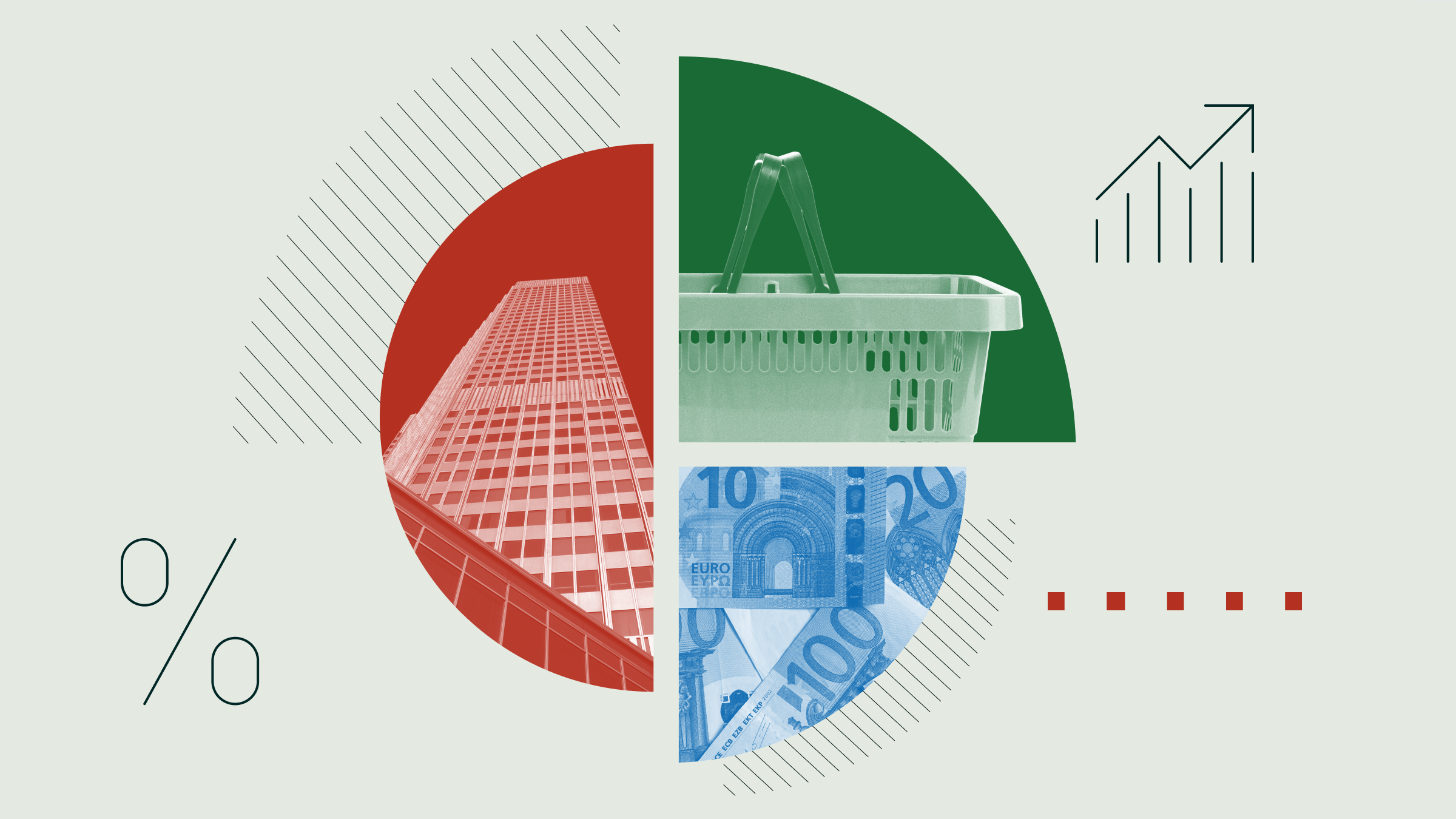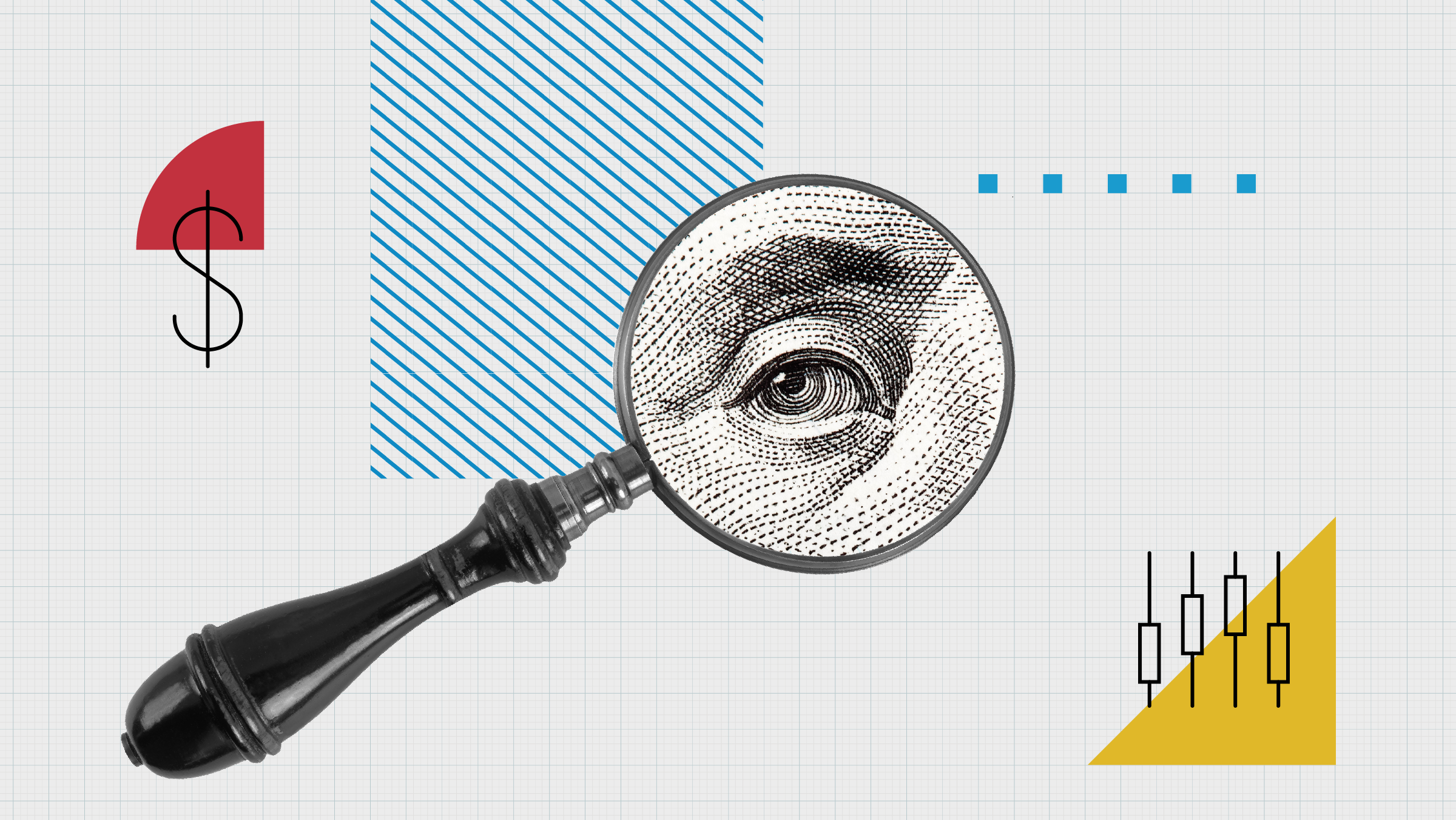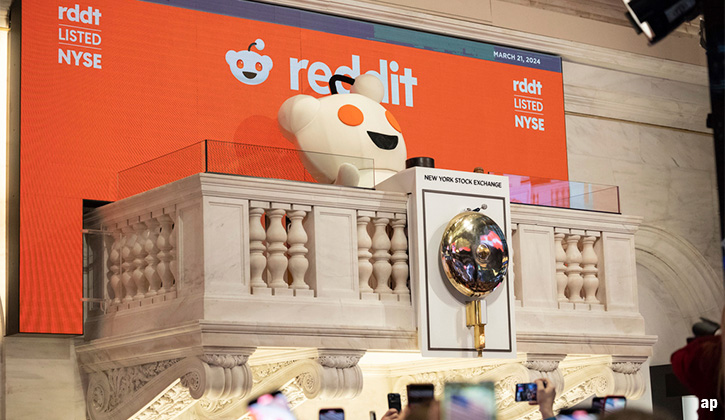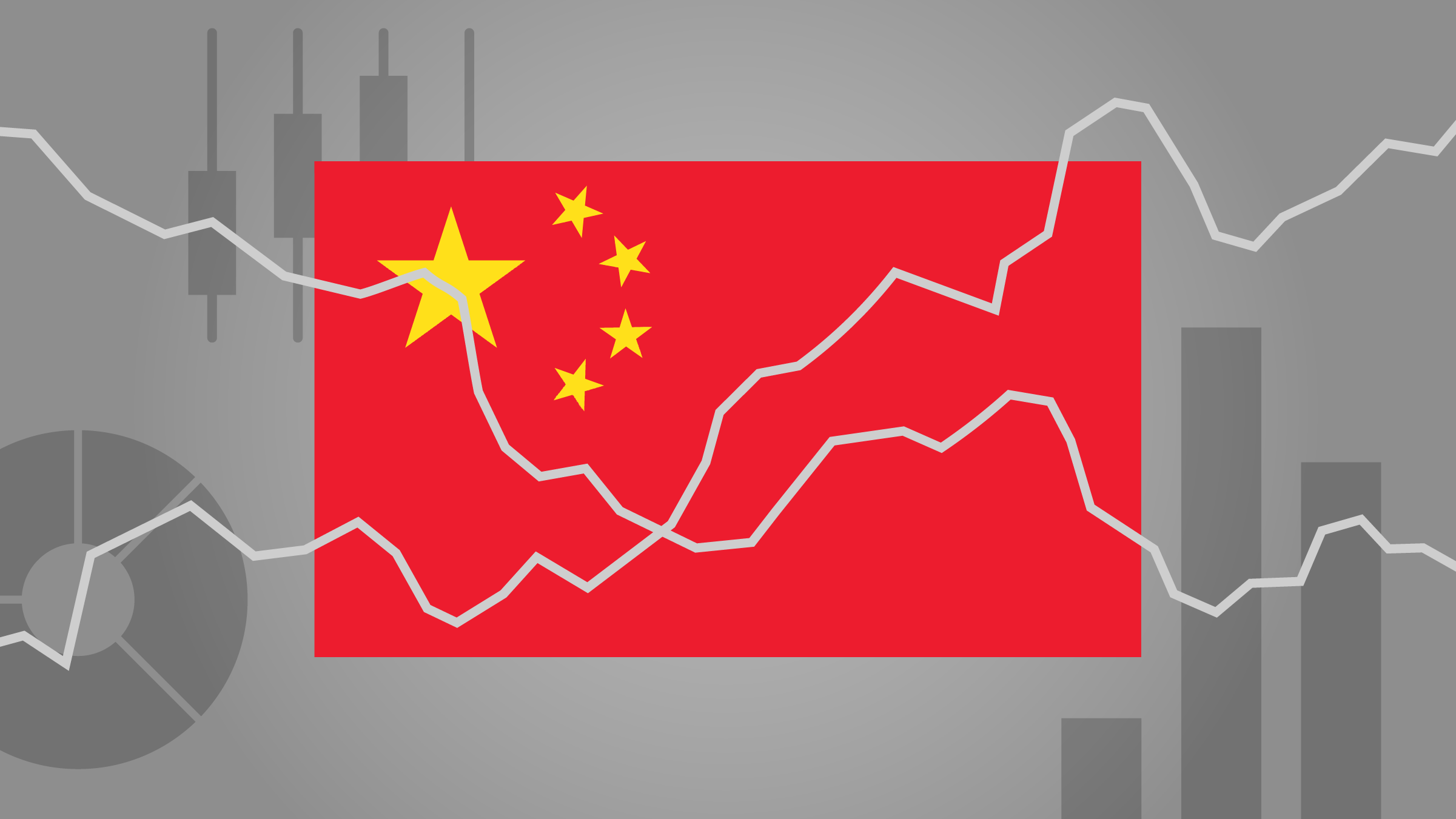
From geopolitics to markets, the first quarter of 2025 has seen some seismic shifts.
In the first three months of the year alone, China’s DeepSeek has disrupted US artificial intelligence giants; Donald Trump has launched protectionist trade wars in earnest; and the future of Ukraine now hangs in the balance as European governments re-write their finances to rearm and reaffirm their commitment to regional security.
The market effects have been newsworthy every day. Defense stocks soared, while automotive stocks slumped. European and UK bond yields rose even as interest rates were cut. The gold price rocketed to above $3,000 an ounce, another new record.
US Stock Market Reverses
But it was the US market itself that had its wings clipped, falling into a correction.
In the last three months, the Morningstar US Market Index is down -6.46%. The Morningstar US Large Cap Index—which measures the performance of America’s biggest companies—is down 7.09%. As investors changed tack, money flowed back to Europe and UK markets. The Morningstar Europe Index is up 11.51% over this same period. The Morningstar UK Index is up 9.92%.
If you were trying to time the markets throughout this period, you will likely have had a rude awakening. So says Nicoló Bragazza, associate portfolio manager at Morningstar.
“As geopolitics and political uncertainty increases, people may be tempted to think they have an edge in understanding the general direction of financial markets,” he said.
“However, timing the market is very complicated and comes with significant risks. Given how stretched valuations have been in certain parts of the market—especially in US technology stocks—market volatility can give investors an opportunity to re-think their portfolios and find some better-valued investments with more attractive returns.”
How Have Stock Markets Performed in 2025?
If the politics have been dramatic, negative sentiment has been contagious. US plans to slap tariffs on overseas imports have upended confidence and turned initial optimism about a second Trump administration into fear and skepticism.
The Magnificent Seven, consisting of Alphabet GOOGL, Amazon.com AMZN, Apple AAPL, Meta Platforms META, Microsoft MSFT, Nvidia NVDA, and Tesla TSLA, has been the most talked-up stock investment phenomenon of the last three years. Today it is vulnerable. In the last month alone, Tesla stock is down 10% and year to date its down more than 30%. Its fortunes are tied to chief executive Elon Musk’s political influence. At one time that was clearly beneficial, but the market isn’t so sure about that.
That question makes Tesla a very difficult stock to value. In the last month alone, Morningstar analysts have issued nine separate notes on Tesla’s stock. Today they maintain their $250 fair value estimate for the 3-star stock, arguing its current price of $263.55 makes it slightly overvalued – and no longer a big investment opportunity.
“Tesla exemplifies why the Mag7 is no monolith,” a note from Tatton Investment Management said.
“As a car manufacturer it is not a purely a technology firm. Yes, it is the largest carmaker by market capitalization but not by revenue. Its high valuation relies on rapid sales growth backed by high paced tech innovation, which is uncertain.
“Tesla’s share price […] soared with Trump’s election win but fell due to backlash against Musk’s politics. Investors struggle to quantify these political benefits when valuing Tesla.”
Tesla and Global Car Stocks
While Japanese carmakers, especially those producing hybrids, can potentially benefit from any Tesla backlash, their market valuations are still vulnerable to global trends.
This week, Japanese automakers felt the pressure too, with Toyota Motor TM, Honda Motor Company HMC, and Nissan Motor NSANY all falling. Morningstar analysis now suggests they are undervalued and trading in 4-star territory.
Back in Europe, competitors are hoping inflation falls and lower interest rates mean that consumer spending power holds up. Improving economic conditions on the continent could be useful here too.
“US tariff hikes will primarily affect premium producers such as BMW BMW, Mercedes-Benz MBG and, to a lesser extent, Volkswagen VOW,” says Robert Streda, senior vice president for European corporate ratings at Morningstar DBRS.
“However, these companies have meaningful pricing power and therefore some flexibility to pass on tariff-related cost increases to consumers. This notwithstanding, the companies’ strong financial profiles also enable them to withstand increased costs attributable to the tariffs over the short term.”
How Have Bond Markets Performed in 2025?
In the first three months of the year, fixed income fund managers were forced to adjust their portfolios as revised government spending and debt plans sent longer-term yields rising and prices falling.
One of the biggest bond stories of the quarter occurred in Germany, where the end of the country’s fiscal debt “brake” heralded a significant spike in bund yields. It was not the only country witnessing volatility.
“US Treasury yields exhibited volatility during this period ... while rates in Europe rose substantially,” saidNicolas Jullien, global head of fixed income at Candriam in a note.
“The move was notable on the German curve, which saw a material steepening, with the 10-year seeing the strongest rise. With both fiscal and monetary support acting in their favor, European risk assets outperformed their US counterparts. Indeed, despite yields generally increasing on the credit asset class, both euro investment grade and high-yield resisted thanks to decline in spreads.”
For some, the quarter represented a unique opportunity—to buy the pricing drop at the longer end of the yield curve. Other bond managers chose to sit the volatility out. Morningstar’s Bragazza argues there is still an opportunity here.
“This has been a difficult period for bond investors, who have been frustrated by UK yields, which were on a rollercoaster in Q1,” he says.
“However, if we look at yields on an absolute basis, it’s clear UK yields are now quite attractive on a historical basis. Given the limited fiscal headroom the government has to borrow more money – and the higher bank rate compared to other developed markets – there is a good chance that downside is larger than upside for UK yields.
“This could make UK bonds quite a compelling opportunity for investors willing to hold them through the volatility.”
What Is Happening to Interest Rates?
Amid all this noise, central banks can be forgiven for trying to pursue a calm, no-surprises approach. The European Central Bank continued its rate cuts, reducing rates in January and early March as expected. The Bank of England showed more caution, cutting rates in February only. UK rates now sit at 4.5%. The ECB’s three main interest rates are all lower than that.
Over in the US, the Federal Reserve kept interest rates unchanged at its most recent meeting in March. The timing of future cuts is now highly uncertain as policymakers wait to see if the effect of tariffs.
But underlying the whole saga, there is a fear that predates Trump’s re-arrival in the White House and has long loomed large in the in-trays of the western world’s politicians: stagflation. The US has been a GDP growth engine for a long time. Tariffs mean commentators are now discussing the risk of recession.
In the UK, this fear is felt keenly. Billed as a preparatory political move to better embed defense companies in the British economy, the UK’s Spring Statement looked very much like a re-writing of the previous October 2024 Budget. Some onlookers were not convinced by the revised upwards growth projections used to salve the pain. The statement was written as much to reassure bond markets as it was to reassure voters. At least bond markets were reassured, for now.
“While this year’s growth forecast was reduced, future years’ forecasts were increased to what might be excessively optimistic levels,” says Ronald Temple, chief market strategist at Lazard.
“The moves by the UK and other European governments to ramp up defense spending should benefit growth to the extent the weapons procured are manufactured in Europe.
“However, defense spending alone will not be sufficient to sustainably lift broader economic growth.”
As the second quarter of the year begins, uncertainty is only increasing. Q1 was not a quarter for amateurs. Q2 won’t be either.
The author or authors do not own shares in any securities mentioned in this article. Find out about Morningstar's editorial policies.



















